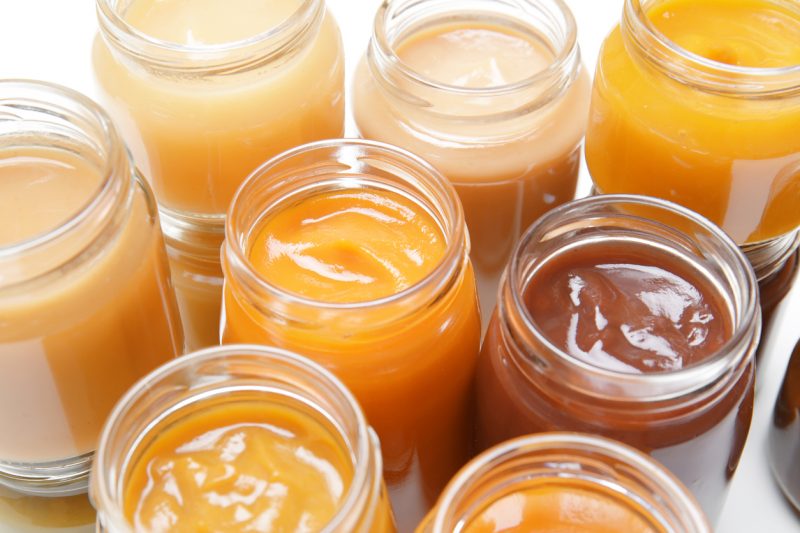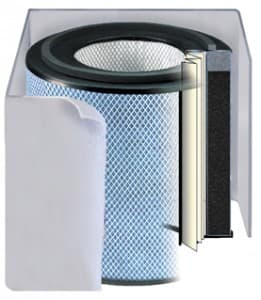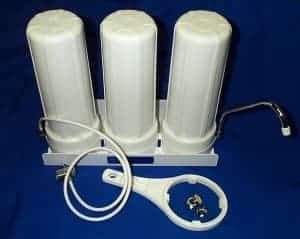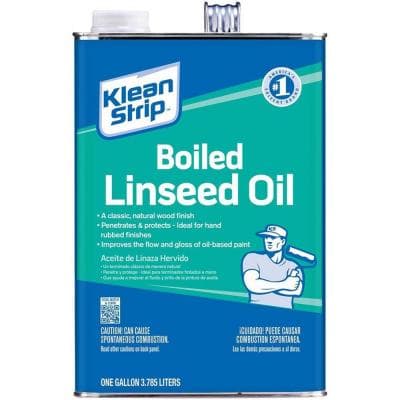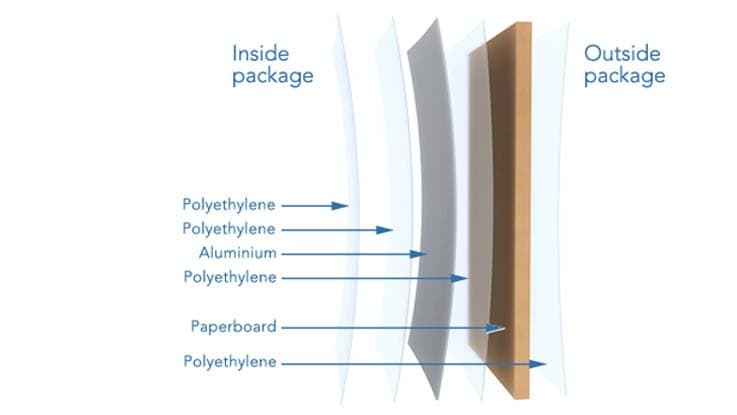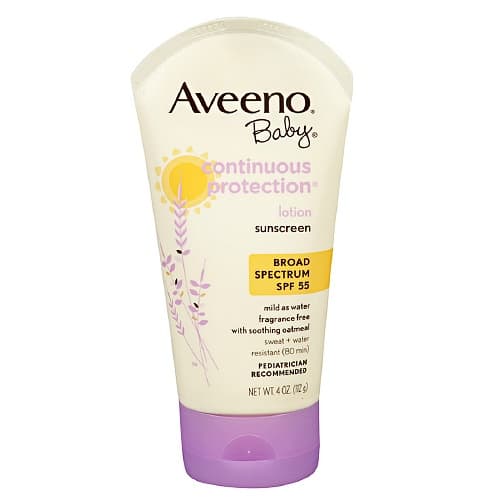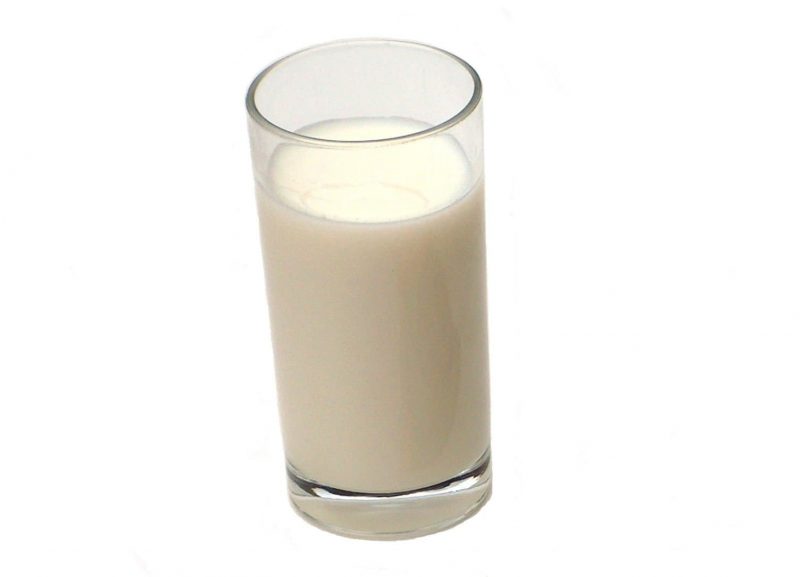Research provided by Michael Hopkins, PhD. You've likely already read about the recent Congressional Report on toxic heavy metals in baby food. Below, we will provide a summary of what's happened and what the report found, followed by our own insights (and outrage!). Timeline & Players On August 1, 2019, the FDA received a secret slide presentation from Hain (which owns Earth’s Best
environmental toxins
Do Water Filters Remove Chromium-6?
A couple weeks ago, EWG broke the news that hexavalent chromium (aka the “Erin Brockovich chemical") was present in the water of hundreds of millions of Americans. Otherwise known as chromium-6, there are no safe levels of this carcinogenic chemical, but there is a lot of confusion around what an acceptable level might be. Even the terminology can be confusing--I am no math whiz, and struggled
How to Choose a Water Filtration System
After the headlines about the water woes of Flint, Michigan, many of us were reminded of how lucky we are to be able to filter our water so that we can stop contaminants before they get to us. Should You Worry About YOUR Water? Of course, lead-contaminated water is not a problem limited to Flint. The fact is, there are many cities and towns with lead pipes. If you are on a municipal water system
Is Linseed Oil Toxic?
We've written before about the toxins household furniture releases into our homes (When Furniture Attacks), but mostly have focused on upholstered furniture (check our Safe Sofa Guide for Good Stuff brands). Toxins in Wooden Furniture Finding nontoxic wooden furniture can actually be just as challenging as finding a nontoxic sofa, even though you don't have to worry about flame retardants.
Are Tetra Paks Nontoxic and Safe?
After my recent blog post about BPA-free cans, and which brands are actually safe (hint: only one brand is!), a lot of you asked about boxed beans, wondering if these are a better bet. We set out to research the materials in these packaging used for boxed beans, and to find out if it’s Good Stuff, or at least Better Stuff for those of us looking to avoid canned products (but who has the time to
Spotlight on 1,4-dioxane
What is 1,4-dioxane? 1,4-dioxane is a stabilizing agent and is classified as an ether, as well as a probable human carcinogen. Where You’ll Find It You can be exposed to 1,4-dioxane contamination in the air, water, and cosmetic and cleaning products. 1,4-dioxane has been found in groundwater sites in the United States and can be inhaled through indoor contamination, particularly in the shower
Spotlight on Phenoxyethanol
What is Phenoxyethanol? Also known as Ethylene Glycol Monophenyl Ether, phenoxyethanol is a synthetic preservative used in consumer products and pharmaceutical drugs. Where You’ll Find Phenoxyethanol & Why It’s Sneaky You’ll find phenoxyethanol in personal care products including makeup (e.g. eye shadow, foundation, and mascara) and moisturizers as well as skin- and hair-care products for
Scary Stuff: Oxybenzone
In this installment of Scary Stuff, guest blogger Rebecca Stern shines a spotlight on a chemical called oxybenzone, examines why it's scary, and provides easy tips on how to avoid it. What is Oxybenzone? Oxybenzone is a chemical that is able to absorb ultraviolet (UV) light. It is the active ingredient in many sunscreens, and is also added to cosmetics to prevent degradation from UV
What You Need to Know About Toxins In Your Water
If you missed our Twitter party the other night (the one on toxins in your water with Dr. Alan Greene), here is the complete transcript. Need it even simpler? Here are the big takeaways: 1. Tap water--even in areas known for "good" water--often contains a range of contaminants. These might include heavy metals, pesticides, pharmaceuticals, hormones, and of course chlorine and fluoride. The
Phthalates in Food: 7 Ways to Reduce Your Exposure
Maia wrote the following blog post for Dr. Frank Lipman's site. You probably know that some plastic toys—like the now infamous rubber ducky—contain the hormone-disrupting, birth-defect-causing, probably-carcinogenic plasticizers known as phthalates. You may have even heard that this group of chemicals is also found in the fragrance of your favorite personal care products. Most of my clients

